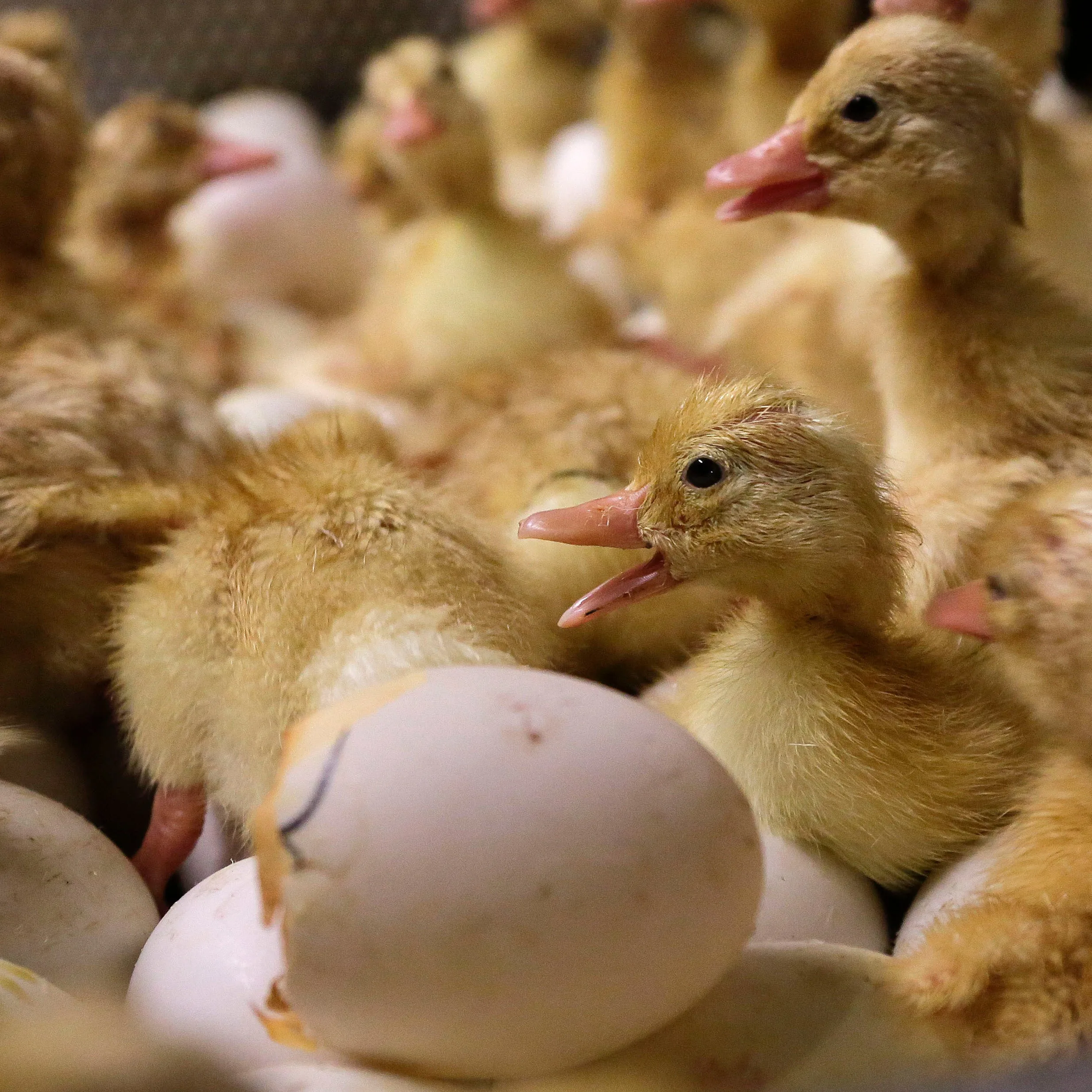The United States has reported its first outbreak of the rare H5N9 bird flu strain at a duck farm in California, as confirmed by the World Organisation for Animal Health (WOAH). The outbreak is being closely monitored by authorities, particularly due to the strain’s potential to infect mammals and the concerns surrounding its transmission to humans. This rare strain was previously identified in China, leading to heightened vigilance among health officials. The outbreak was first detected on January 27, 2025, with officials stating that rigorous measures are being employed to contain and manage the situation. Farmers have been advised to enhance biosecurity protocols to prevent further spread. Meanwhile, the Centers for Disease Control and Prevention (CDC) has reassured the public, noting that while avian influenza can infect humans, the risk of H5N9 to the general public remains low. Dr. John Smith, a CDC spokesperson, stated, ‘We advise consumers to properly handle and cook poultry to eliminate any health risks.’ As the outbreak unfolds, experts continue to assess the situation, and additional testing is being conducted to monitor the virus’s evolution and its effects on both poultry and human health. This incident raises awareness about the importance of biosecurity in agriculture, especially in light of ongoing concerns regarding infectious diseases.
First Outbreak of H5N9 Bird Flu Detected in California Poultry Farm














